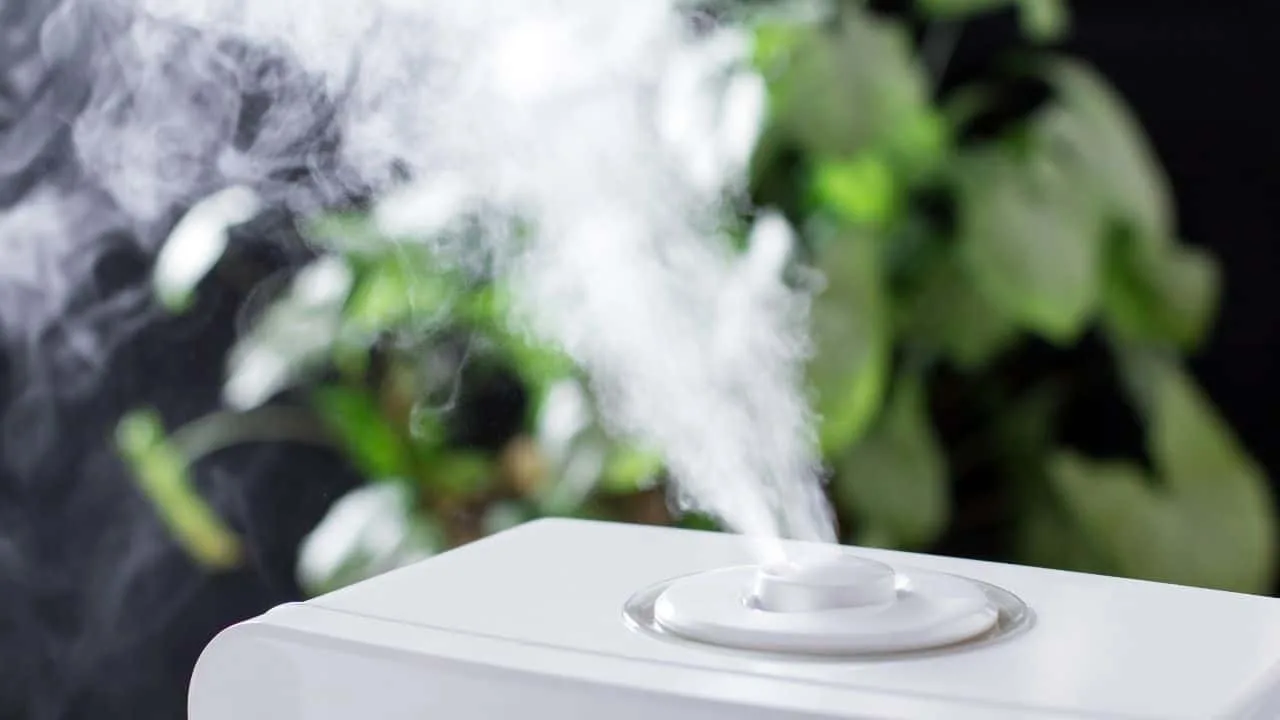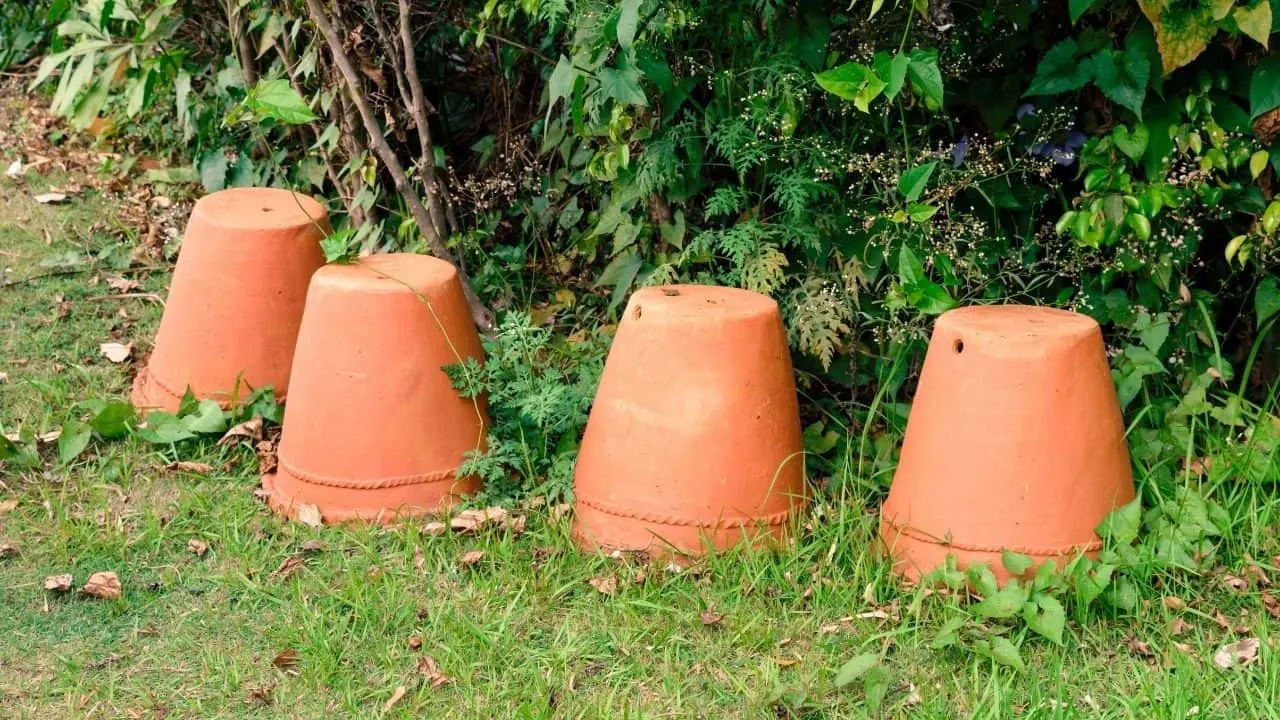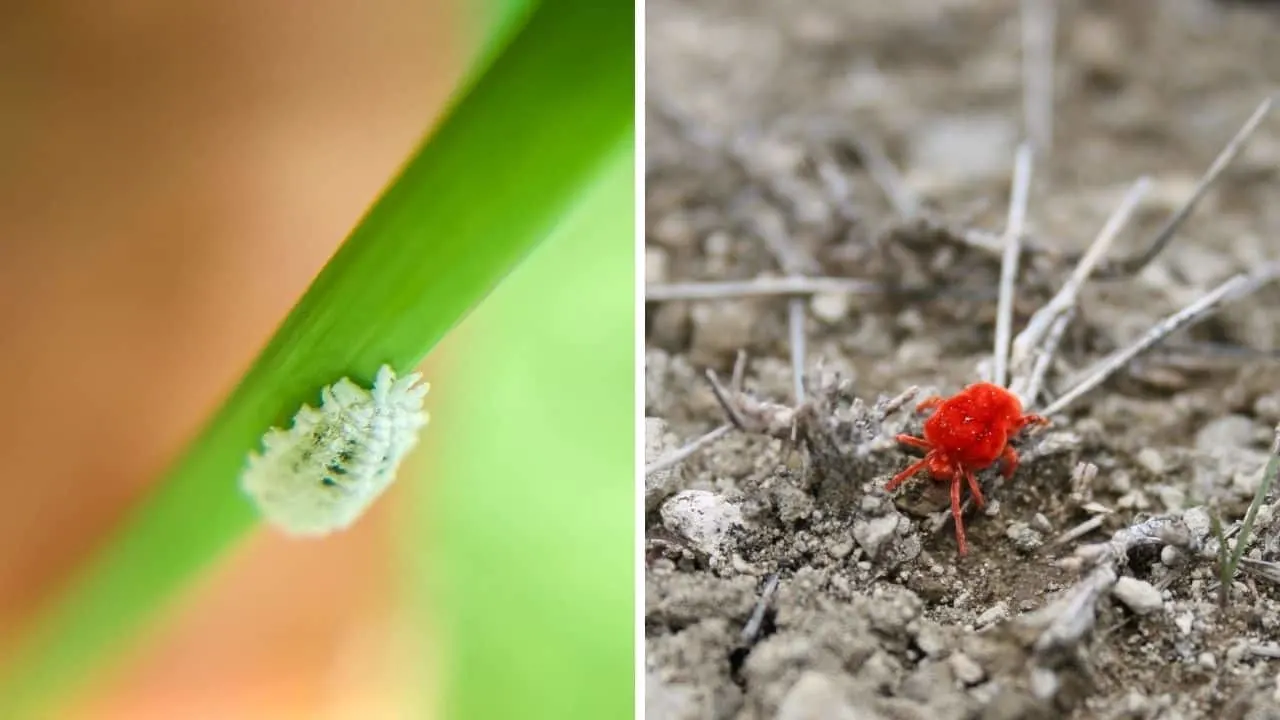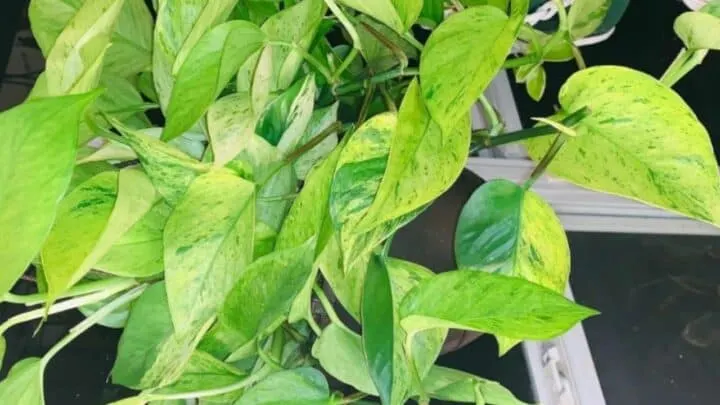Among the wide variety of beautiful Pothos, my pick is the Jessenia Pothos. The heart-shaped marble-structured leaves with a light green hue make it my favorite houseplants.
If you want to start indoor planting and are worried that plants require extra care, then Jessenia Pothos is a go-to indoor plant to make your house look lavish.
This trailing vine originated from French Polynesia. Belonging to the Araceae family, the plant has Epipremnum aureum ‘Jessenia’ like its botanical name.
The plant can grow well in different temperatures and in different lighting conditions. However, due to some great variegation, the growth is slower as compared to other Pothos.
Undoubtedly, for most indoor plant lovers, Jessenia Pothos is one of the most tried-and-true houseplants.
When I was a novice, I was amazed by the beauty and the benefits this plant species brought to my home.
So to make your house aesthetically pleasing and relaxing, too, I bring you the following guide that includes hassle-free plant growth and caring tips for Jessenia.
Table of Contents
Jessenia Pothos Care
Use well-drained fertile soil and temperatures between 65-75 degrees (18 to 23 degrees Celsius). You can grow this plant in low light; however, medium to bright sunlight is ideal for Jessenia Pothos’s growth. Use soil containing perlite, orchid bark, and peat moss with some potting soil. Provide a humidity between 50% to 70% and fertilize every 6-8 weeks in Spring and Summer. Refrain from fertilizing in autumn and winter.
How to take Care of Your Jessenia Pothos Plant: A Basic Care Guide You Should Read
I was unaware of how simple and easy the process of growing a Jessenia was.
Now that I have grown the species and almost every corner of my house is full of the colorful variegation and trailing beauty of the Pothos, I want to enlighten you on some essential tips that will help you grow the plant and take care of it without any hassle.
Soil
Like all other plants, the soil your Jessenia Pothos is planted in is critical to its growth. You do not need to worry about looking for a specific type of soil as they can grow in almost any soil.
Jessenia plants are fuss-free, so you can even grow them in your garden soil. I would suggest you mix some top-notch potting mix with your soil for prominent growth.
Soil containing perlite, orchid bark, peat moss, and some potting soil is best for Jessenia Pothos.
However, this trailing vine isn’t fond of wet soil. They grow happily in fertile soil, having good drainage.
Therefore, do not overwater the plant, and always let the soil dry. When I plant this species of Pothos, I ensure to add some perlite to improve the drainage property of the garden soil.
Also, get a pot that contains holes at the bottom to avoid water pooling at the bottom of the pot.
Light
Another advantage of Jessenia Pothos is that they are happy plants, and they grow happily irrespective of the amount of light they receive.
My basement is covered by Jessenia all around, and you can find the species thriving in the windows of my living room too.
Overall, they have excellent tolerance for different lighting conditions.
Nonetheless, the ideal condition for these plants that I have observed is bright light but not directly from the sun.
So, keep your plant in areas with low to bright indirect sunlight for maximum growth.
One common mistake that I made as a beginner was placing the plants in direct sunlight. Resultantly, all the beautiful heart-shaped leaves having marble appearance turned black.
A great tip that worked for me was checking the striations of the plant.
If the leaves appear proper and shiny, then the amount of light is perfect, whereas if there are more lines on the leaves, you need to provide more light to the plant.
Watering
The low maintenance of Pothos is what makes them everyone’s favorite. Initially, I watered the plants as much as I watered my other indoor plants.
It turned out I was hindering the growth process of Jessenia Pothos. Don’t overwater this plant.
You can water the pothos placed indoors every three to seven days and pothos placed outdoors every two to four days.
What works for me in measuring whether my trailing vine requires water or not and to avoid overwatering is putting my finger into the soil and seeing if the top two inches of the soil are dry or wet.
If they are wet, water your plant, and if they are not, wait for another day.
Temperature
Although the plant survives in a wide range of temperatures, it can grow best between 65-75 degrees Fahrenheit (18 to 23 degrees Celsius).
Like light, this Pothos species is not fond of too high or low temperatures.
The plant can survive 5 to 6 degrees Celsius (41 to 42.8 degrees Fahrenheit) above or below the ideal temperature range.
However, note that your plant is likely to die when in temperature below 10 degrees Celsius (50 degrees Fahrenheit).
To make it easier, I would ask you to follow the role of thumb according to which if you are comfortable in the temperature, the plant is comfortable too.
Humidity

Jessenia Pothos is a fan of a lot of humidity, although it is well-adapted for low-humidity conditions.
Keep your plant in an environment with a humidity level between 50% and 70% for ideal growth.
According to my experience with this Pothos species, they do not have any serious problems with humidity.
You can place them in an area with little humidity or a lot of humidity, and they will grow happily.
However, I suggest you use humidifiers twice a week around these plants to keep them happy and healthy.
Fertilizer
Even when it comes to fertilizers, usually, Jessenia plants do not demand lots of nutrients. A dose of good potting mix can be beneficial to boost growth.
Although the amount of fertilizer depends upon the type of soil, you can use some balanced plant fertilizers every six to eight weeks in Spring and Summer.
Propagation
When it comes to propagation, this pothos species is simple to propagate. If you are propagating the plant for the first time, go for the stem-cutting method.
The best season for their growth is spring; however, you can grow them in any season.
I usually propagate my Jessenia plants when I am pruning them as I trim off the stem at that time, and the probation process gets even more straightforward.
Growth
The growth of trailing vine plants is comparatively slower than other varieties of Pothos.
Usually, the plant grows around ten feet inside your house and thirty feet outdoors. Therefore, do not expect them to multiply.
Provide them with the right conditions, and their slow growth process will be worth the beauty and peace they spread in and around your house.
Potting
As it is one of those houseplants that spread widely, ensure to get a pot that is bigger initially itself, at least an inch or two bigger.
This tip saved me from shifting my Pothos to a bigger pot later.

Moreover, get a pot that has holes below. As mentioned above, the plant is not a fan of too much water, so a pot with some holes at the bottom will allow the plant to get rid of the excess water.
How to Propagate Your Jessenia Pothos in Simple Steps
To successfully propagate your pothos, follow these few steps:
Step 1: Take a parent Jessenia plant and cut the plant into small parts. Ensure that each part has one or two nodes and leaves.
Step 2: Remove the lower part of the cutting as you plant it into the soil or water.
Step 3: Put the cutting into a water container and cross-check that the leaves remain above water. Although you can plant in the soil, propagation is more successful when done in water.
Step 4: Wait for the roots of the plant to appear from the nodes.
Step 5: Once the roots are visible, it is the right time to plant the cutting into the soil. Now take a pot with a good potting mix and shift your plant into it.
Step 6: Take care of the baby Jessenia plant like you took care of its mother plant and watch your plant grow.
View this post on Instagram
Most Common Problems with Jessenia Pothos
Like other houseplants, Jessenias’ have two common enemies: Pests and Diseases.
When it comes to pests, the pests that are likely to attack your favorite houseplant include mealybugs, spider mites, and thunder flies.

Resultantly, you might observe some small brown holes or some cotton-like residue on the marble-like leaves of your plant.
This is a sign that the pests have attacked your plant, and you need to get rid of them.
Unfortunately, your pothos plant is likely to fall prey to some fungi and bacteria without you realizing it.
Most commonly, these infections are likely to occur in the roots or foliage of your homegrown plants in the form of yellow fungus.
If you want to get rid of the yellow fungus in the soil, read our article now.
Among some diseases, root rot is the most common one.
When you see yellowing leaves around the corner or observe some mushy or black roots, your plant has root rot which is a cause of concern.
Likewise, a common fungal infection in Jessenia Pothos is leaf spot fungus in which yellow rings are formed around the water-soaked lesions of your plant.
Excellent Tips to Keep Jessenia Pothos Problem-Free
Even though pests and diseases pose a considerable threat to your plants, you do not have to worry as the following tips can help you get rid of these problems immediately.
For pests:
- Soak some cotton in rubbing alcohol and wipe the affected areas to get rid of pests.
- Spray a soapy mixture made up of any soap on the insects on your plants to suffocate them to death.
- Make a neem oil/ horticultural oil spray as a natural insecticide, or go for some artificial insecticides present in the market.
For diseases:
- Change your plant’s soil.
- Include some nutrients to improve the drainage of the soil, preferably a natural fungicide.
- Try a different irrigation pattern.
- Prune the damaged leaves and avoid spreading the disease further.
Frequently Asked Questions about Jessenia Pothos Care
When should I report the plant?
I would suggest you make your plant go through the process of repotting every one to two years at least. Nonetheless, if you observe roots growing from the bottom, repot right away.
How can you identify a Jessenia Pothos Plant easily?
You can quickly identify the plant species from its mottled dark and light green variegated leaves. Unlike other pothos, you will find a flecked irregular variegation of yellow, cream, and green throughout the leaves.
Why Should I pick this specific species as a houseplant?
The fascinating look that the pothos adds to your home also helps you breathe in fresher air. Factually, the plant has an air-purifying quality. It absorbs maximum pollution from your surroundings and offers you cleaner, fresher air.
Why is the Jessenia Pothos Toxic?
The nature of the plant is toxic. The reason behind its toxicity is the presence of calcium oxalate crystals in the cell sap of the plant, which makes them harmful for all living organisms.
Can I get back my Jessenia Pothos variegation?
Often, the plant species starts losing its variegation due to a lack of adequate light. In such a condition, you can place your plant on an area that receives proper medium to bright indirect sunlight to convert the variegated plants to green.
The Bottom Line
Having an indoor plant adds liveliness to your home.
If you are a fan of houseplants and you are not yet familiar with the benefits Jessenia Pothos can bring to your home, then plant it and see yourself.
As beginners, you will love to add the plant species to your plants as they require low maintenance, and as gardeners, you will love the addition to your houseplants collection.

Daniel has been a plant enthusiast for over 20 years. He owns hundreds of houseplants and prepares for the chili growing seasons yearly with great anticipation. His favorite plants are plant species in the Araceae family, such as Monstera, Philodendron, and Anthurium. He also loves gardening and is growing hot peppers, tomatoes, and many more vegetables.


